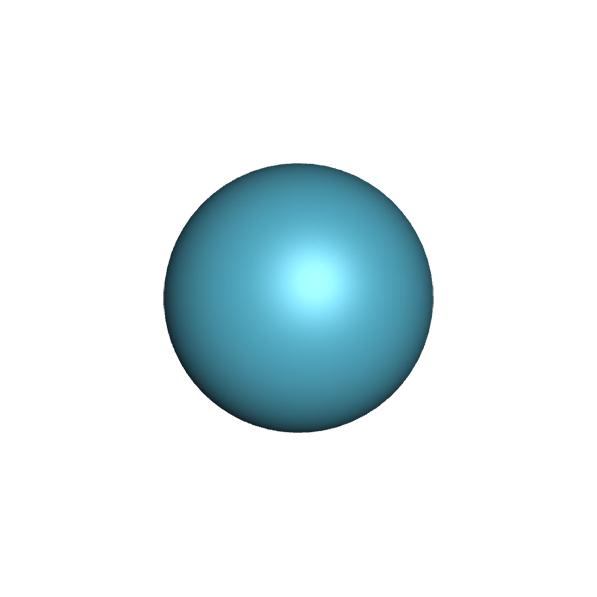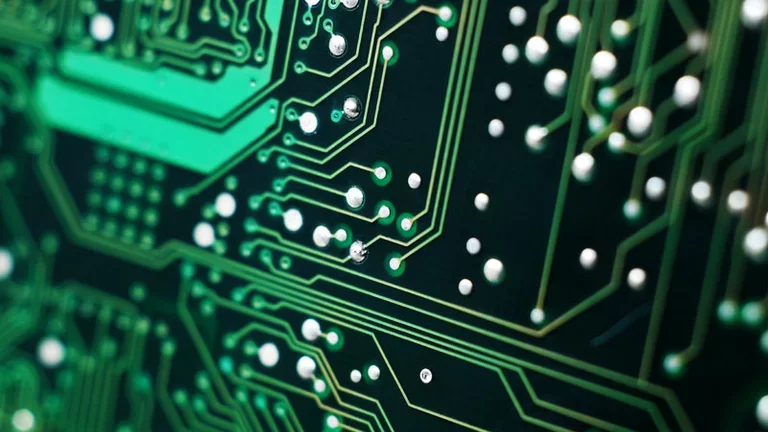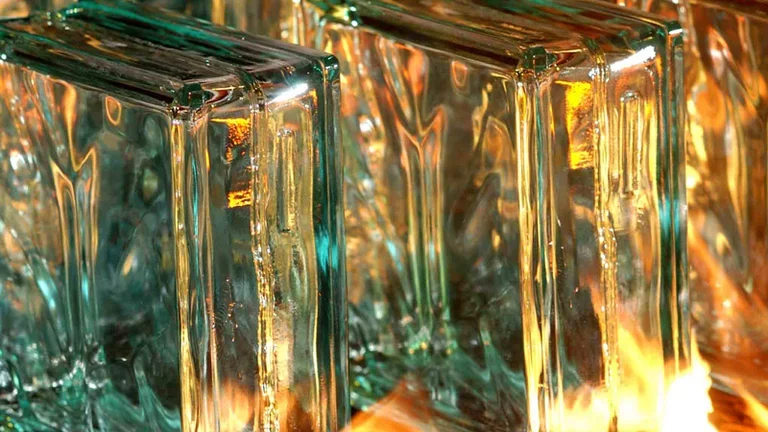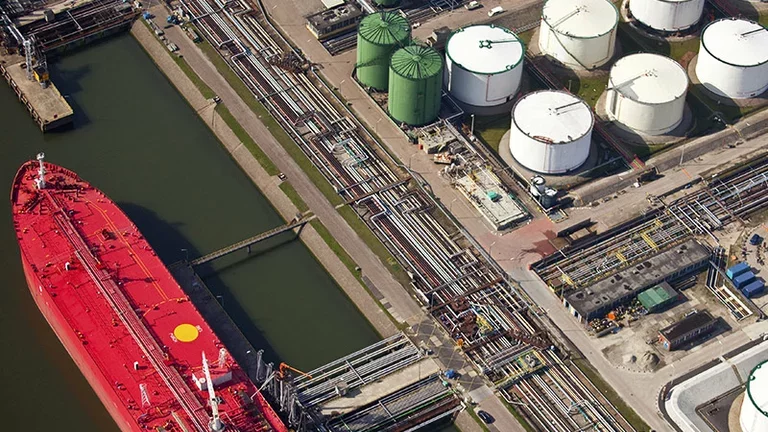
Krypton
- Kr
- CAS Number 7439-90-9
- UN1056 (gas)
- UN1970 (refrigerated liquid)
Click & drag to move the 3D molecule
Liquid / Gas Volumes
Calculate the volume or mass of a quantity of gas or liquid
Liquid Phase
At boiling point at 1.013 bar
Gas Phase
In standard conditions (1.013 bar, 15°C)
Physical Properties
Molecule phase diagram showing the transition phases between solid, liquid and gas as a function of temperature and pressure
-
- Molar mass 83.798 g/mol
- Content in dry air 1.14 ppm
-
Critical Point
- Temperature -63.80 °C
- Pressure 55.0195 bar
- Density 918.86 kg/m³
-
Triple Point
- Temperature -157.38 °C
- Pressure 7.32E-1 bar
Pressure 1.013 bar
| Latent heat of fusion (at melting point) | 19.572 kJ/kg |
| Melting point | - 157.37 °C |
Pressure 1.013 bar
| Boiling point | - 153.42 °C |
| Latent heat of vaporization (at boiling point) | 107.06 kJ/kg |
| Liquid density (at boiling point) | 2416.7 kg/m3 |
| Compressibility factor Z | 9.9725E-1 |
| Cp/Cv ratio γ | 1.6734 |
| Gas density (at boiling point) | 8.816 kg/m3 |
| Gas density | 3.748 kg/m3 |
| Gas/(liquid at boiling point) equivalent | 644.8 vol/vol |
| Heat capacity Cp | 2.495E-1 kJ/(kg.K) |
| Heat capacity Cv | 1.4911E-1 kJ/(kg.K) |
| Specific gravity | 2.9 |
| Specific volume | 2.668E-1 m3/kg |
| Thermal conductivity | 8.652 mW/(m.K) |
| Viscosity | 2.3219E-4 Po |
| Compressibility factor Z | 9.9768E-1 |
| Cp/Cv ratio γ | 1.6726 |
| Gas density | 3.5514 kg/m3 |
| Gas/(liquid at boiling point) equivalent | 680.49 vol/vol |
| Heat capacity Cp | 2.4931E-1 kJ/(kg.K) |
| Heat capacity Cv | 1.4905E-1 kJ/(kg.K) |
| Solubility in water | 5.696E-5 mol/mol |
| Specific gravity | 2.9 |
| Specific volume | 2.816E-1 m3/kg |
| Thermal conductivity | 9.082 mW/(m.K) |
| Viscosity | 2.4375E-4 Po |
| Compressibility factor Z | 9.9793E-1 |
| Cp/Cv ratio γ | 1.6722 |
| Gas density | 3.4314 kg/m3 |
| Gas/(liquid at boiling point) equivalent | 704.29 vol/vol |
| Heat capacity Cp | 2.492E-1 kJ/(kg.K) |
| Heat capacity Cv | 1.4902E-1 kJ/(kg.K) |
| Solubility in water | 4.512E-5 mol/mol |
| Specific gravity | 2.9 |
| Specific volume | 2.914E-1 m3/kg |
| Thermal conductivity | 9.363 mW/(m.K) |
| Viscosity | 2.5132E-4 Po |
Applications
Examples of uses of this molecule in Industry and Healthcare

Electronic components
Mixed with an halogen, Krypton is used for excimer lasers (laser with varying wavelength)

Glass
Krypton increases acoustic and thermal isolation performance of double-glazed windows.

Oil & Gas
Krypton is used instead of air to insulate offshore natural gas or oil piping systems

Photonics
Krypton is used to produce high-intensity, long-life lamps. It is used to fill halogen sealed-beam headlights.
Safety & Compatibility
GHS04
Gas under pressure
Odor
none
Metals
| Aluminium | Satisfactory |
| Brass | Satisfactory |
| Monel | No data |
| Copper | No data |
| Ferritic Steel | Satisfactory |
| Stainless steel | Satisfactory |
| Zinc | No data |
| Titanium | No data |
Plastics
| Polytetrafluoroethylene | Satisfactory |
| Polychlorotrifluoroethylene | Satisfactory |
| Polyvinylidene fluoride | Satisfactory |
| Polyvinyl chloride | Satisfactory |
| Ethylene tetrafluoroethylene | No data |
| Polycarbonate | No data |
| Polyamide | Satisfactory |
| Polypropylene | Satisfactory |
Elastomers
| Butyl (isobutene- isoprene) rubber | Satisfactory |
| Nitrile rubber | Satisfactory |
| Chloroprene | Satisfactory |
| Chlorofluorocarbons | No data |
| Silicone | Satisfactory |
| Perfluoroelastomers | Satisfactory |
| Fluoroelastomers | Satisfactory |
| Neoprene | No data |
| Polyurethane | Satisfactory |
| Ethylene-Propylene | Satisfactory |
Lubricants
| Hydrocarbon based lubricant | Satisfactory |
| Fluorocarbon based lubricant | Satisfactory |
Materials compatibility
Learn More
More information
Krypton was discovered in 1898 by Sir William Ramsay and Moris William Travers. Its name comes from the Greek "κρυπτόν" (kryptos) meaning "hidden". Neon, krypton and xenon are known as "rare" gases, since combined they only account for one thousandth of the air which surrounds us. These gases are colorless and tasteless. They are so inert that they do not react and can only be combined with other chemical substances with great difficulty. Their extreme inertness makes them very valuable for certain applications.